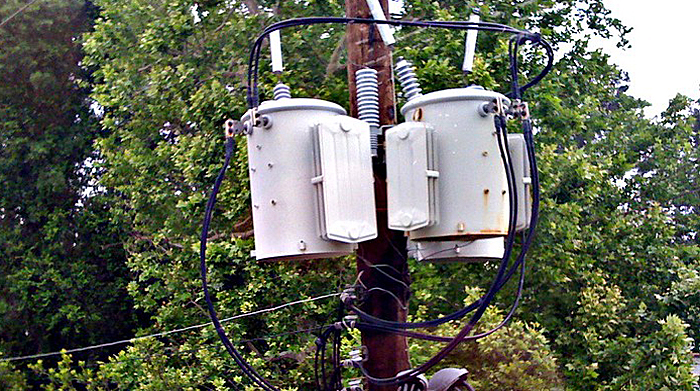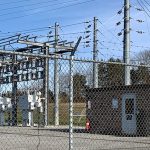The Importance of Assessing Transformer Health for Utilities

Image courtesy of Robert Hruzek under Attribution-NonCommercial-NoDerivs 2.0 Generic License, resized to 700 x 391 pixels.
It goes without saying that transformer health is critical. Transformers play a massive role within both transmission and distribution systems when it comes to laddering-down electricity from higher to lower voltages.
Because a single transformer can serve thousands of customers, any failure to this important component has the potential to create outages and compromise safety by igniting fires or increasing the risk of someone getting electrocuted. For these reasons, conventional inspections are often not enough.
The Ins and Outs of Regularly Assessing Transformer Health
First off, many of the transformers currently in service, much like the grid as a whole, is aging rapidly. The fail rate of a typical transformer increases after 30 years, and the average age of distribution-system transformers is 42 years (transmission-system transformers are not far behind, as 70% have been in service for more than 25 years).
Because monitoring transformer assets is complicated and expensive, it is often done only for the largest units. This means that utilities generally do not have great visibility into the overall health of the smaller ones. However, with the advent of smart substation strategies, as well as increased regulatory pressure to drive down costs and enhance infrastructure utilization, a more proactive approach is warranted.
Heat and moisture are the largest problem areas for transformer health. While monitoring temperature is straightforward, measuring moisture is trickier. Doing so typically requires an algorithm to execute a series of measurements and calculations over time.
The good news is that there are tools in the market that can perform this monitoring for utilities. One such tool is the EcoStruxure Transformer Expert from Schneider Electric, which is a web-based software that measures temperature, water content, vibrations, RF signals and more.
No matter how it’s done or what tools are utilized, the regular assessment of transformer health, via continuous monitoring of metrics like temperature and moisture, is more critical now than ever before to maintaining grid reliability and preventing outages.



